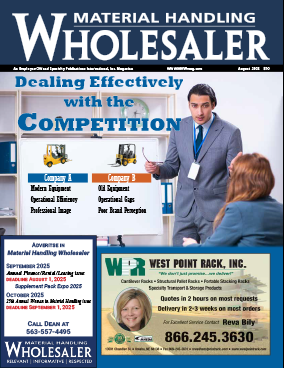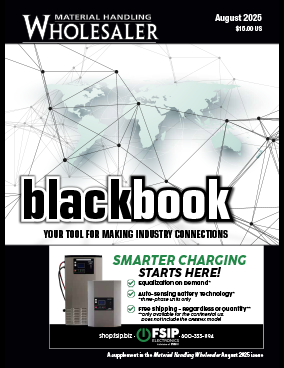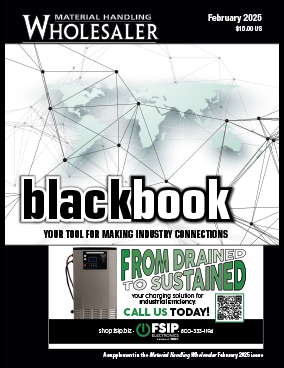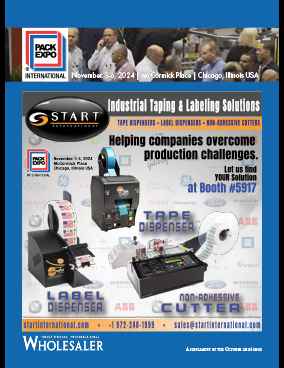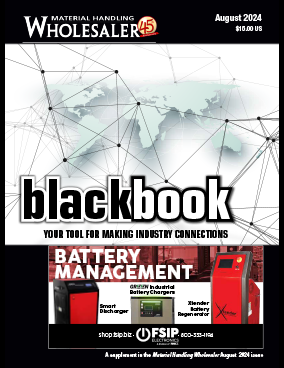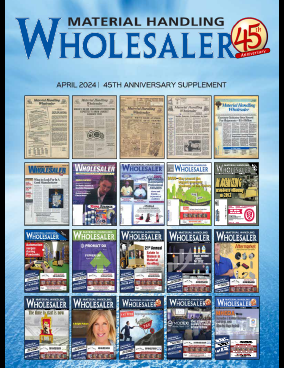I just returned from the Associated Equipment Distributors (AED) meeting in beautiful downtown Houston. Great place, great weather and great show.
The members are more upbeat this year expecting improvement in sales and rentals as well as margin improvement. It may not be double-digit growth, but growth it will be.
OEM’s as well as dealers keep getting more creative about how they deliver more value in exchange for a customers’ money. More training, extended warranty and even some maintenance similar to what you see on the auto commercials. These “extras” pertain to all units being sold whether they go to a customer or a dealer’s rental fleet.
I keep reading how rental should be the preferred method of utilizing equipment. OEM’s and dealers both review and analyze the cost to own and operate equipment and then compare those results against customers costs and only in unique situations is it cheaper to own. Doing a detailed analysis helps customers recognize what they have not been including in their costs, which in most cases tips the analysis in favor of renting.
A big part of the cost to own and operate includes both interest expense on the note or lease and the tax depreciation allowed, both of which reduce taxable income and help fund the purchase of the unit. This was especially true using Bonus Depreciation when you purchase new equipment, and the Section 179 allowance for both the purchase of both new and used equipment.
Currently interest expense is quite manageable and really not part of the cost/benefit equation. Depreciation expense and Sec 179 allowances, on the other hand, are both significant if you have taxable income you can reduce using either the 179 allowance or the depreciation. But what if depreciation deductions materially decrease and the Sec 179 virtually disappears, would that significantly have an impact on a buying decision? You bet it does.
As you have probably been hearing Congress would like to update the tax code and reduce corporate tax rates to 23%. Consequently, the Senate Finance Committee rolled out the changes they would like to see, and for equipment dealers there is not much to cheer about.
And if you own a flow-through entity it is twice as bad because although they will reduce the corporate rate to 23% they did nothing to have flow-through corporate rates reduced to a similar percentage. The thought process was to eliminate a number of “special” tax deductions to pay for the rate reduction, but as of now all they did was eliminate deductions and add to the taxable income of those of you in the 39% bracket.
Assets will now be placed in a pool with an annual depreciation percentage applied to the balance in the pool account at year-end. Your type of equipment falls into Pool 2 or the 18% depreciation rate pool. For example, if you add $1000 to your fixed asset pool and that is the only asset in the pool you will depreciate the asset down by $180 at the end of year one. If nothing else changes the $1000 asset is worth $820 at the beginning of year two and also at the end of year two where it is depreciated another 18% (850 X 18% = 153) which now reduces the tax basis to $697 at the end of year two……and so on.
Do you get what is going on? Using this pooling method means you will never fully depreciate the asset for tax purposes until you sell it and offset the sales proceeds against whatever balance remains in the pool at that time. Canada uses this pooling method and one of their equipment associations recently inquired if we could help them put together a paper supporting five-year straight-line deprecation.
The example I used accounted for one unit in the pool. If you now assume you add and subtract units to the pool every year and then calculate the 18% deprecation figure you can estimate what it will cost you if this program is proposed and passed. Look at it this way….
Pool bal at year-end= Prior year pool bal + adds- sales- depreciation.
As long as the pool balance has a positive balance there is no gain to pay tax on as a result of selling a unit. And if that is true you received the benefit of a like-kind exchange transaction without going through the LKE process. Only when the pool value turns negative do you pay tax on the negative amount and then add it back to make the pool value zero again.
The one good thing of this proposal is Sec 179 allowance is $1,000,000 but with a limit of $2,000,000; meaning if you buy $1,000,000 in total you get to use the allowance if have taxable income to absorb it. But if you buy $3,000,000 of equipment you get a zero 179 allowance because the difference over $2,000,000 offsets the $1,000,000 dollar for dollar over $2,000,000. In short, this 179 benefit is designed for small business. To summarize, you can purchase up to $2,000,000 of equipment without losing any of the Section 179 available.
If this proposal passes, your business will require more balance sheet management to avoid unexpected tax bills. And don’t forget we are talking about your tax books and not your accounting books.
One last word of caution …do not forget about the units depreciated using Bonus which have little or no tax basis left. Sell a bunch of those and your pool may turn negative.
This Senate Finance Committee discussion is only draft at this time but gives you some idea what they are thinking about. If you don’t like it, now is the time to raise your objections along with suggested changes to make the corporate rate and personal rate for flow-through corps the same.
Garry Bartecki is a CPA MBA with GB Financial Services LLC. E-mail editorial@mhwmag.com to contact Garry.





